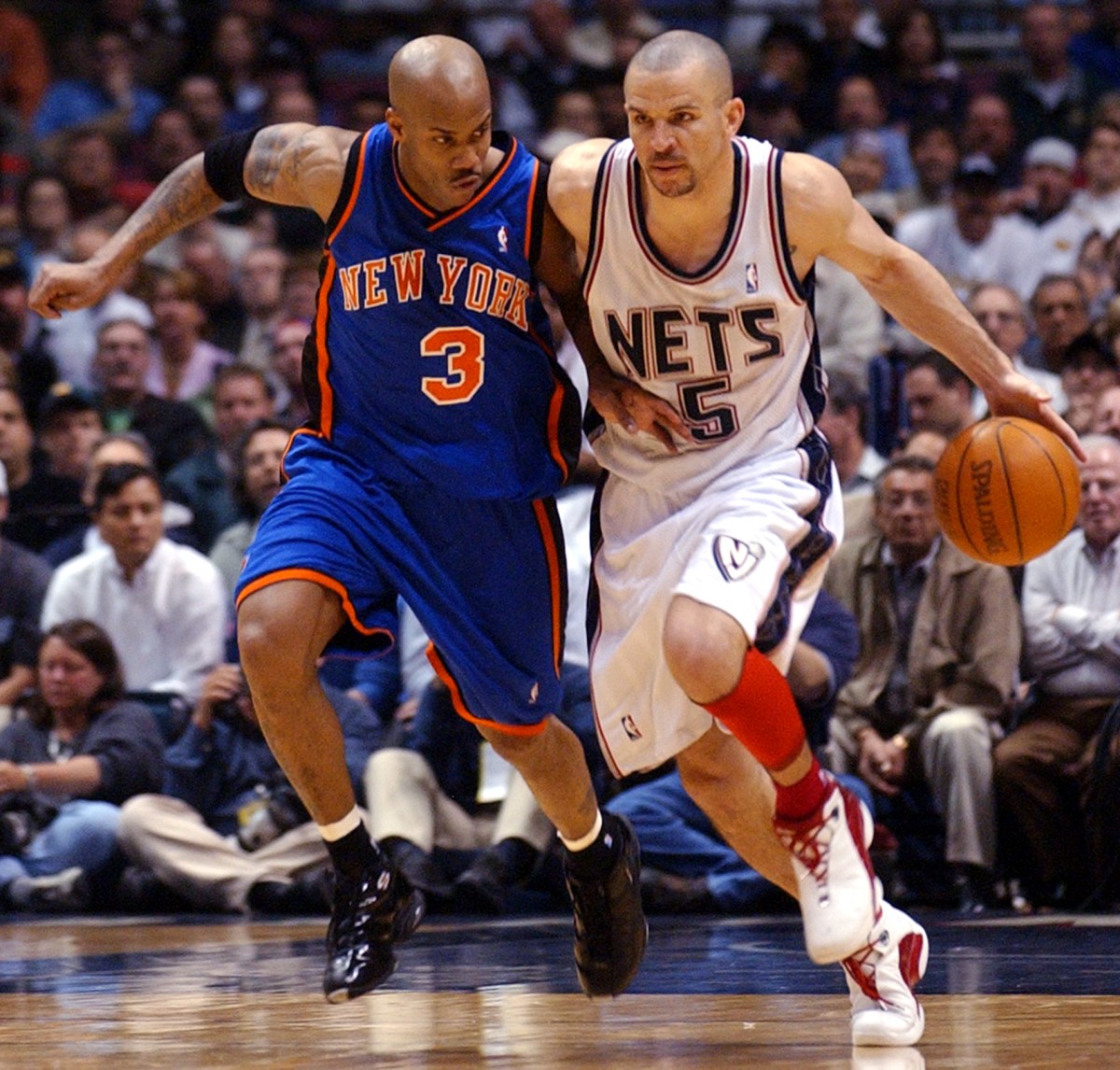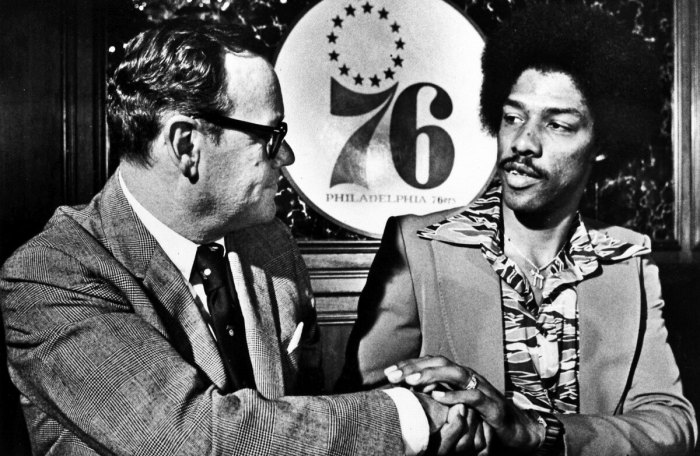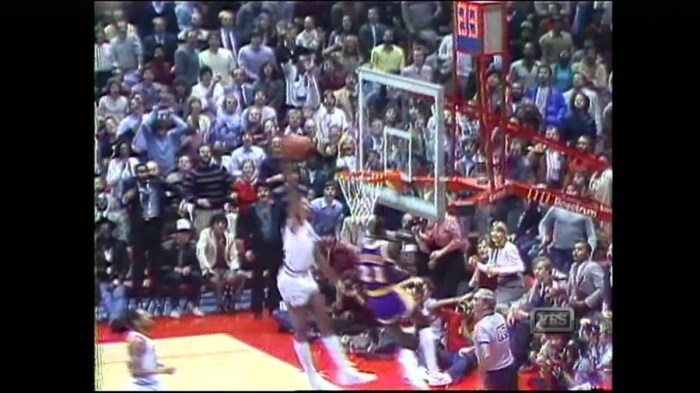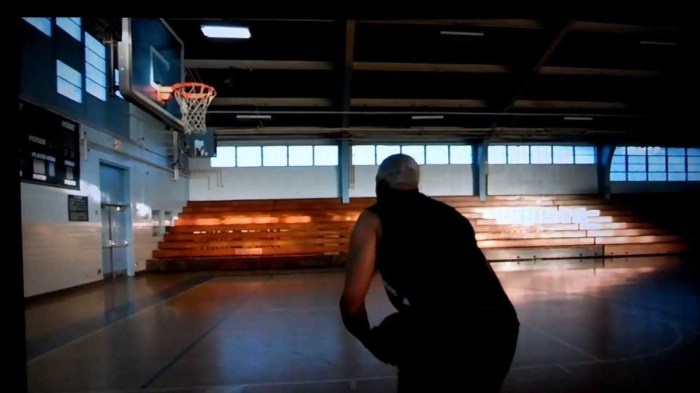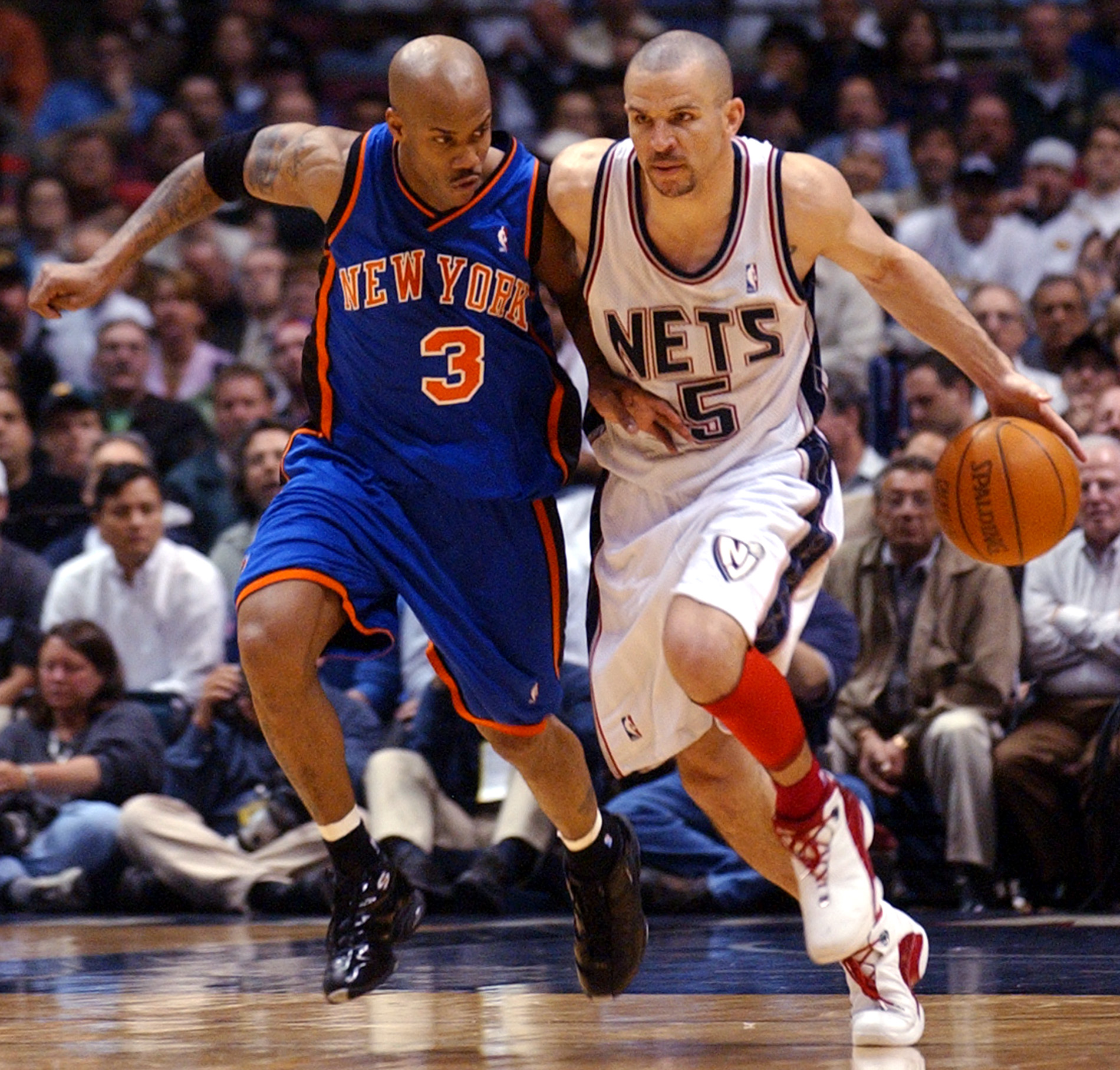
In whatever superlative you’d like to assign it — the Battle for New York, Battle of the Boroughs, the Nets’ arrival on the New York stage, or just another game — the ex-New Jersey/now Brooklyn Nets take on the New York Knicks tonight, in Barclays Center in Brooklyn. This game has added meaning like few Nets-Knicks games have had before, but these two have had an up-and-down rivalry since the Nets joined the NBA in 1976.
Let’s take a look through the history of the Nets-Knicks rivalry: from its origin, through the decades and playoff matchups, through the players that have seen both sides, and finally to today: the “Blueprint for Greatness” era.
The origin story
The 1980s: Waves of excellence in a sea of obscurity
1983: The first playoff battle ends in defeat
The 90s: what could have been
Playoffs: ’94’s and Heartbreak
The Nets take center stage
Nets sweep at last
The Blueprint for Greatness
The origin story
There has always been reason for the Nets and their fan base to harbor ill will towards the Manhattan Knicks. Decades before Mikhail Prokhorov taunted James Dolan with “Blueprint for Greatness” billboards, the Nets and Knicks engaged in a crosstown blood feud that would cripple the Nets organization for years to come.
In 1976, the New York Nets were fresh off of winning what would be the last ever ABA Championship. Their star player, and arguably greatest all-time player in franchise history, “Dr. J.” Julius Erving was the team’s centerpiece. After years of false starts and controversies, the NBA and the ABA finally merged, but it came at an enormous cost to the Nets.
The Denver Nuggets, Indiana Pacers, San Antonio Spurs and Nets were expected to pay a $3.2 million “expansion fee” to the NBA after the merger. But beyond that, the Nets needed to directly pay the Knicks $4.8 million as compensation for playing in the New York City market. The Nets organization didn’t have that kind of cash lying around, so they offered the Knicks Dr. J. as compensation in exchange for waiving this exorbitant fee. The Knicks declined and the Nets were forced to sell their franchise player to the Philadelphia 76ers to obtain the fees necessary to play in the NBA. They finished the season 22-60 and relocated to New Jersey the following season, setting up years of futility and sparse crowds in the “Swamps,” including a number of seasons of mediocre attendance even when the Nets were an NBA Finals contender. Then-Nets owner Ray Bose would say, “The merger agreement killed the Nets as an NBA franchise … The merger agreement got us into the NBA, but it forced me to destroy the team by selling Erving to pay the bill.”
The Knicks, meanwhile, were rewarded for their futility in the 1980s by ending up with one of the generation’s most transformative players in Patrick Ewing (and setting up years of David Stern conspiracy theories that continue to this day).
So if you’re a long-time Brooklynite who’s just warming up to the Nets but still keeping an active rooting interest in the Knicks, remember that despite always treating the Nets as a “little brother” organization, the Manhattan Knicks from the very beginning have cheered for the destruction of the Nets franchise. Prokhorov and the current Nets regime seem to be the first in a generation to recognize this and stand up for their rights to not only play in the same media market as the Knicks, but to be better than them in every way possible – advertising, exposure, excitement, arena amenities and of course, on the court. Hello Brooklyn indeed.
Next: Organizational disarray in the 80s
Sign up for daily updates through our new free The Brooklyn Game newsletter.

